The Great Sphinx of Giza stands as one of the most iconic monuments in the world. While it has been studied for centuries, there are still many little-known facts about its construction. These lesser-known stories reveal the complexities and mysteries surrounding this ancient wonder, providing a deeper understanding of its significance and history.
The Unfinished Beard
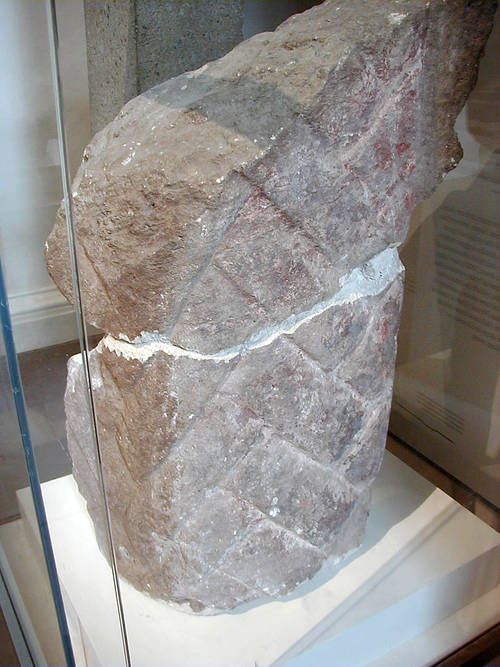
One of the most intriguing aspects of the Sphinx is its missing beard. While fragments of the beard were discovered and are now displayed in the British Museum, the Sphinx itself shows no signs of the beard ever being fully attached. This suggests that the beard may have been an afterthought, possibly added to symbolize the power of the pharaoh. The absence of a full beard in its original form raises questions about the artistic decisions made during the Sphinx’s creation.
The Sphinx’s Nose
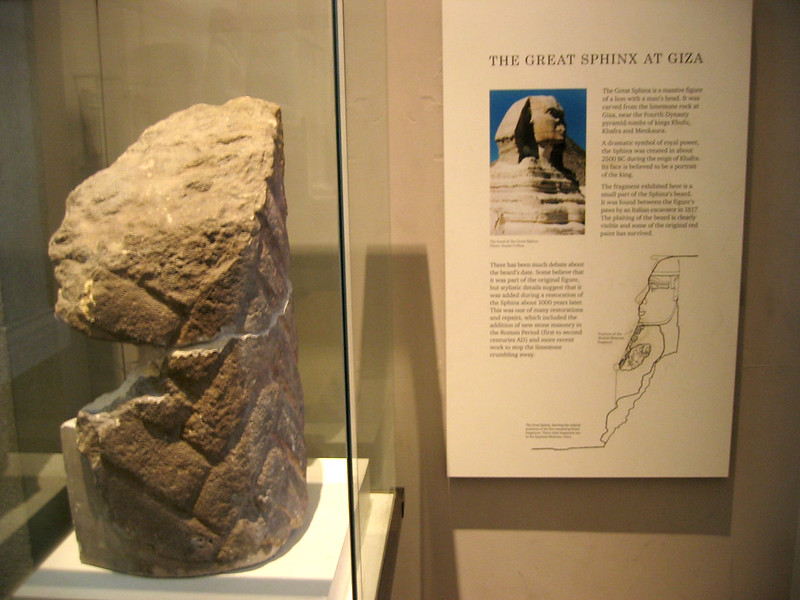
A well-known fact is that the Sphinx is missing its nose, but the story behind its loss is less clear. Some accounts suggest that the nose was deliberately destroyed by a Sufi Muslim in the 14th century who saw it as a symbol of idolatry. Others argue that the nose was damaged by cannon fire during Napoleon’s invasion. However, there is no definitive evidence for either claim, leaving the true cause of the nose’s destruction a mystery.
Alignment with the Stars
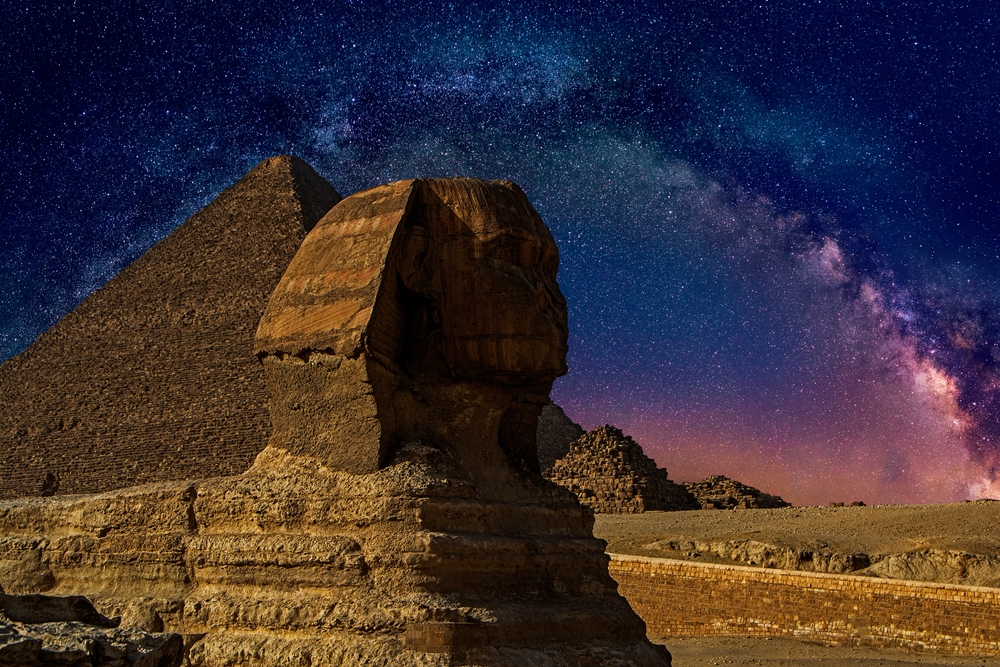
The Great Sphinx is aligned with the stars in a way that some believe connects it to celestial events. Specifically, the Sphinx faces east, directly toward the rising sun during the spring equinox. This alignment suggests that the Sphinx was not only a monumental sculpture but also a marker for important astronomical events. Some researchers argue that this connection to the stars hints at the Sphinx’s role in ancient Egyptian religion and cosmology.
The Sphinx’s Age Debate
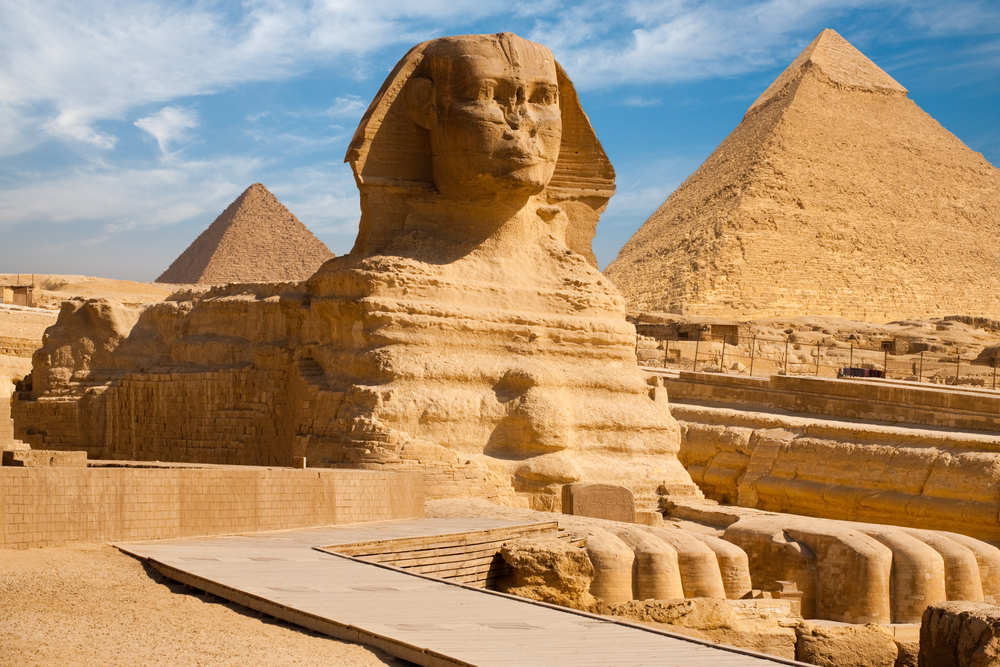
While the traditional view holds that the Sphinx was built during the reign of Pharaoh Khafre around 2500 BC, some scholars argue that it is much older. This theory is based on evidence of water erosion on the Sphinx’s body, which suggests it was exposed to heavy rainfall—conditions that haven’t existed in Egypt for thousands of years before Khafre’s time. If true, this would mean the Sphinx predates the pyramids and possibly rewrites the history of ancient Egypt.
Hidden Chambers Beneath the Sphinx
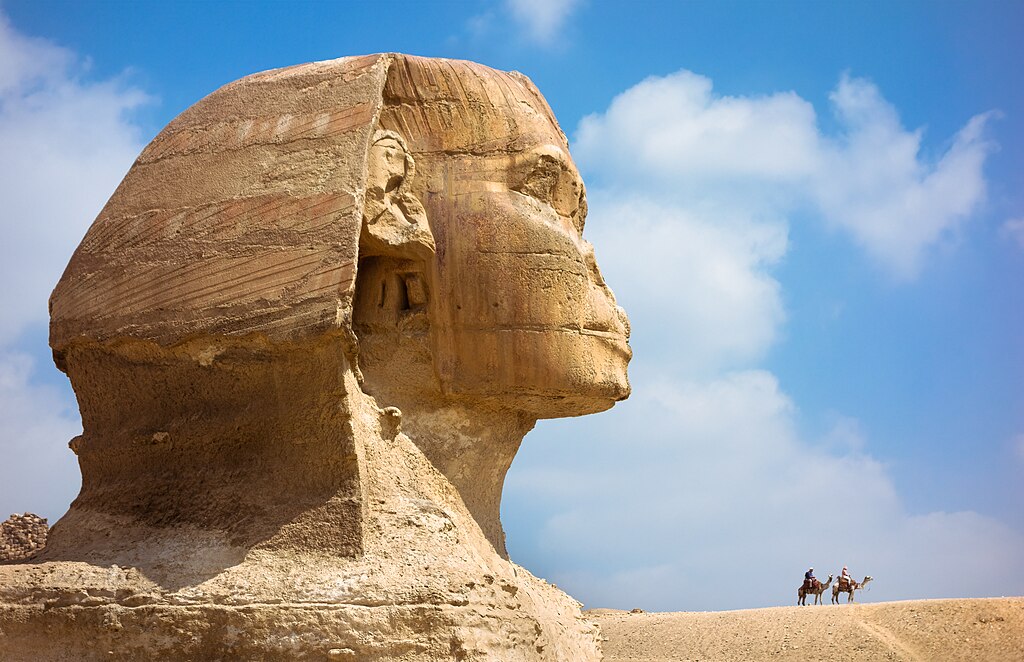
For decades, there have been rumors of hidden chambers beneath the Sphinx, possibly containing ancient treasures or records. In the 1990s, ground-penetrating radar detected anomalies under the Sphinx, which some believe could be voids or chambers. While some explorations have been conducted, no definitive evidence of such chambers has been found. The possibility of hidden secrets beneath the Sphinx continues to fuel speculation and fascination.
The Sphinx’s Original Purpose
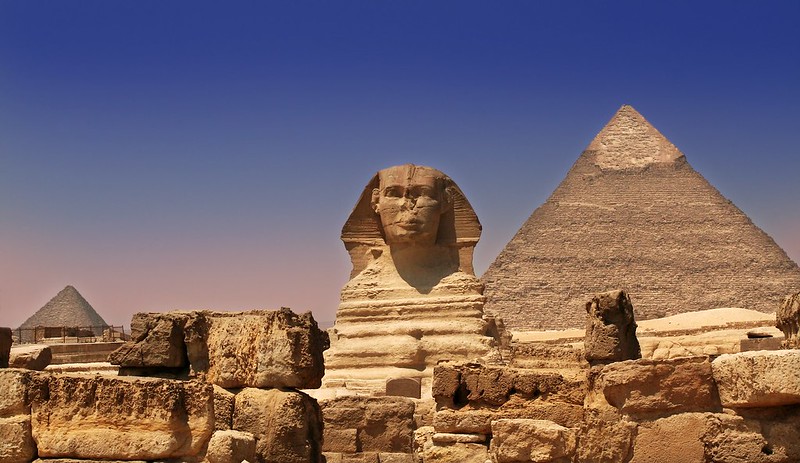
The original purpose of the Sphinx remains a subject of debate. Some believe it was a guardian of the Giza Plateau, watching over the pyramids and the tombs of the pharaohs. Others think it was a representation of the sun god Ra-Horakhty, combining the body of a lion with the head of the pharaoh to symbolize the ruler’s divine power. The exact reason for the Sphinx’s creation may never be known, but its imposing presence suggests it was meant to convey power and authority.
The Changing Face of the Sphinx
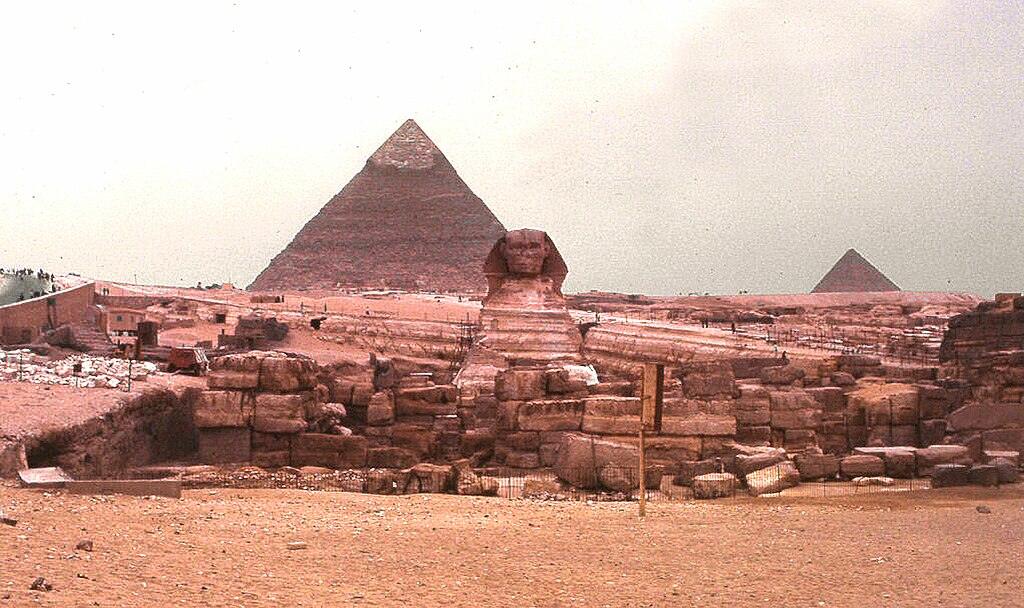
Many believe the face of the Sphinx was originally more detailed, with vivid paint and intricate carvings. Traces of red pigment found on the Sphinx suggest it once had a painted face, possibly making it more lifelike. Over the millennia, however, erosion and human activity have worn away much of this detail, leaving the weathered visage we see today. The idea that the Sphinx was once more colorful and detailed adds another layer to its historical significance.
Restoration Efforts Through the Ages
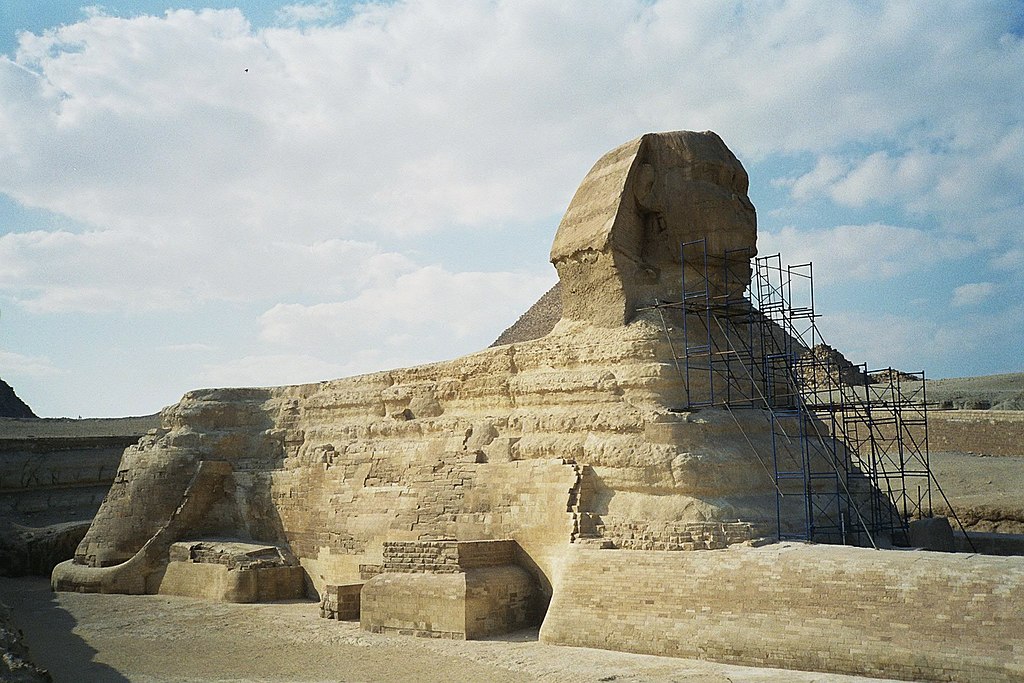
The Sphinx has undergone numerous restoration efforts, some dating back to ancient times. Records from the New Kingdom period indicate that Pharaoh Thutmose IV ordered repairs on the Sphinx after a dream in which the statue promised him kingship if restored. Since then, several other rulers and modern conservationists have attempted to preserve the Sphinx. However, these efforts have sometimes caused more damage than good, highlighting the challenges of maintaining such an ancient structure.
The Sphinx’s Missing Uraeus
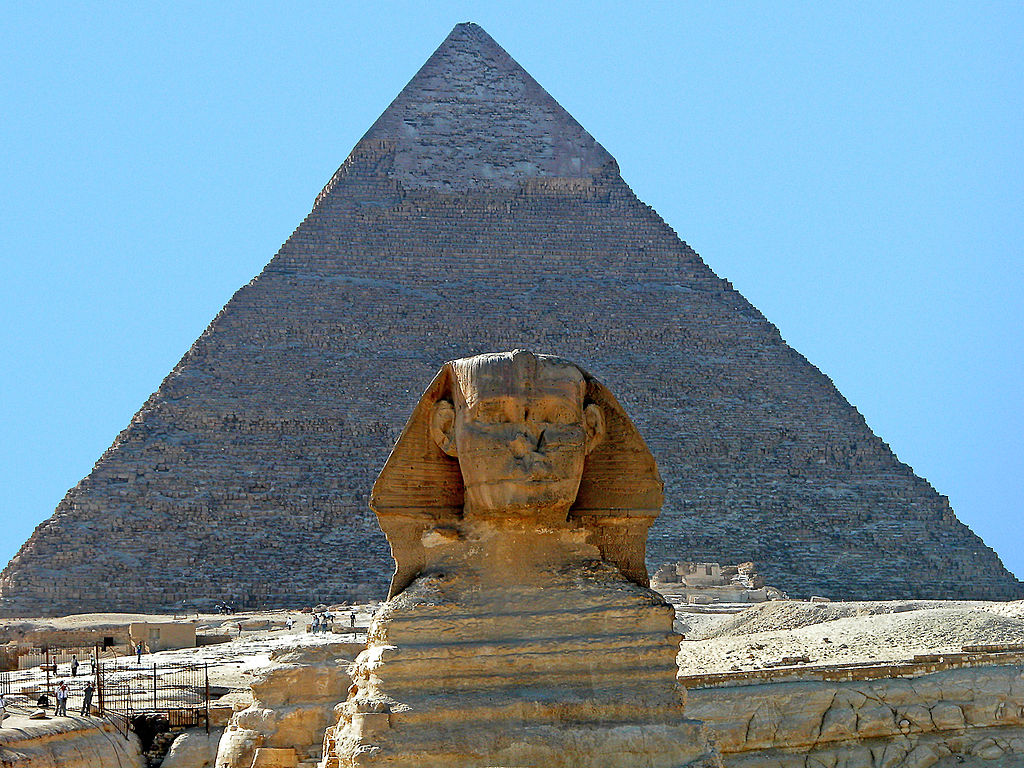
The Sphinx once had a uraeus, a royal cobra symbol on its forehead, which has since been lost. The uraeus was a common feature on royal crowns in ancient Egypt, symbolizing protection and divine authority. The absence of the uraeus today makes it harder to fully understand the original appearance and symbolism of the Sphinx. Its loss, like the missing nose, leaves us with only a partial view of what the statue once represented.
A Symbol of Solar Worship
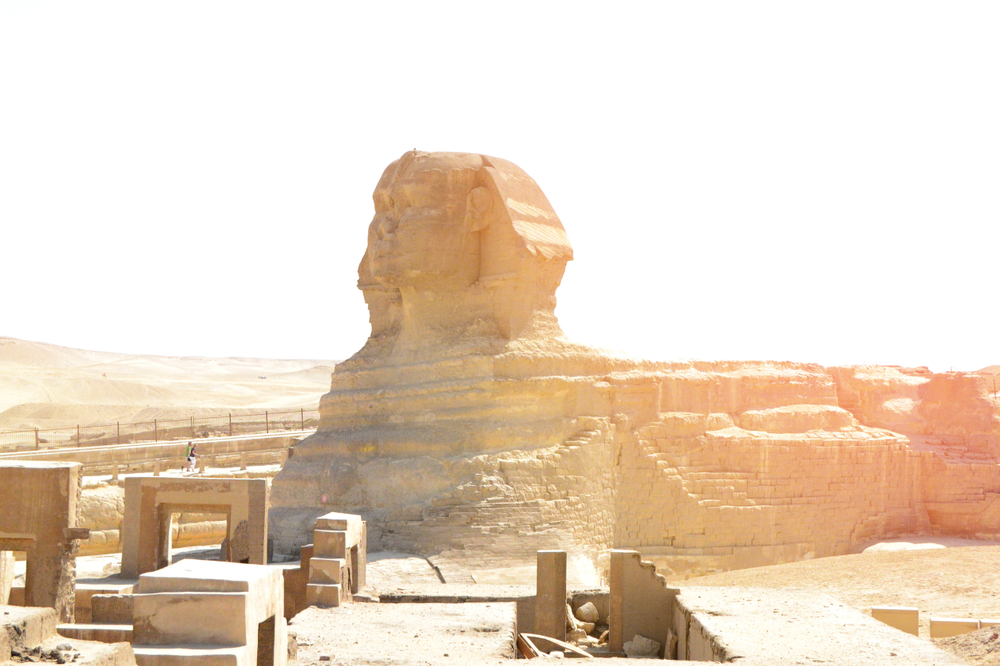
Some scholars suggest that the Sphinx was part of a larger complex dedicated to solar worship. The nearby Sphinx Temple, with its alignment to the sun, supports this theory. The Sphinx itself may have been seen as a manifestation of the sun god, linking the pharaoh to divine power. This connection to solar worship reflects the importance of the sun in ancient Egyptian religion and the pharaoh’s role as the intermediary between the gods and the people.
The Sphinx’s Impact on Later Cultures
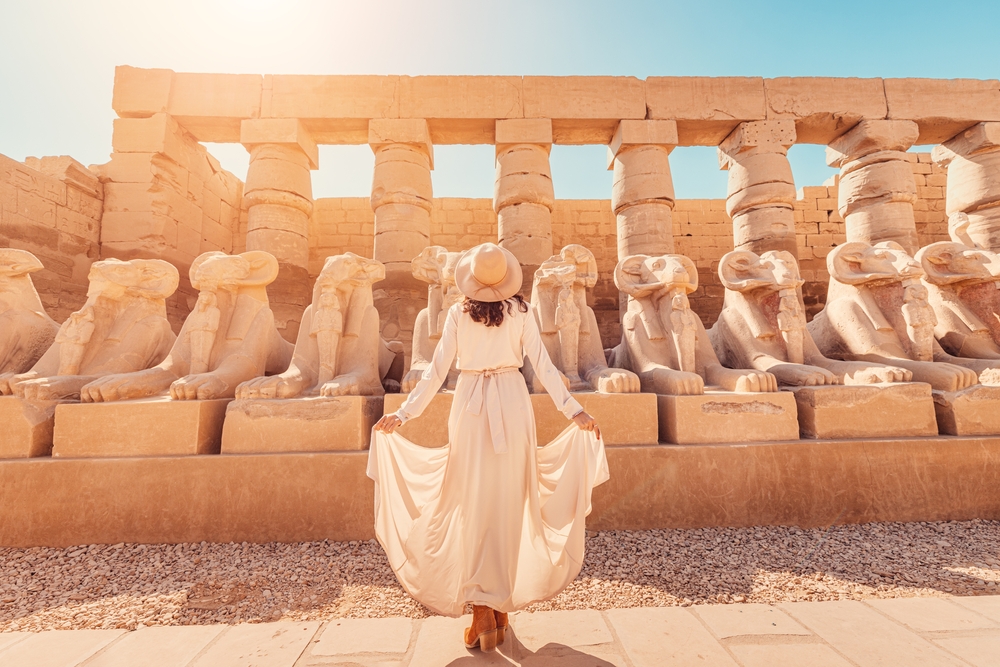
The influence of the Sphinx extended beyond ancient Egypt. In Greek mythology, a sphinx was a creature with the body of a lion and the head of a woman, known for posing riddles. This idea likely originated from the Great Sphinx of Giza, showing how the monument’s symbolism transcended its original context. The Sphinx’s impact on later cultures demonstrates its enduring power as a symbol of mystery and authority.
The Name “Sphinx”
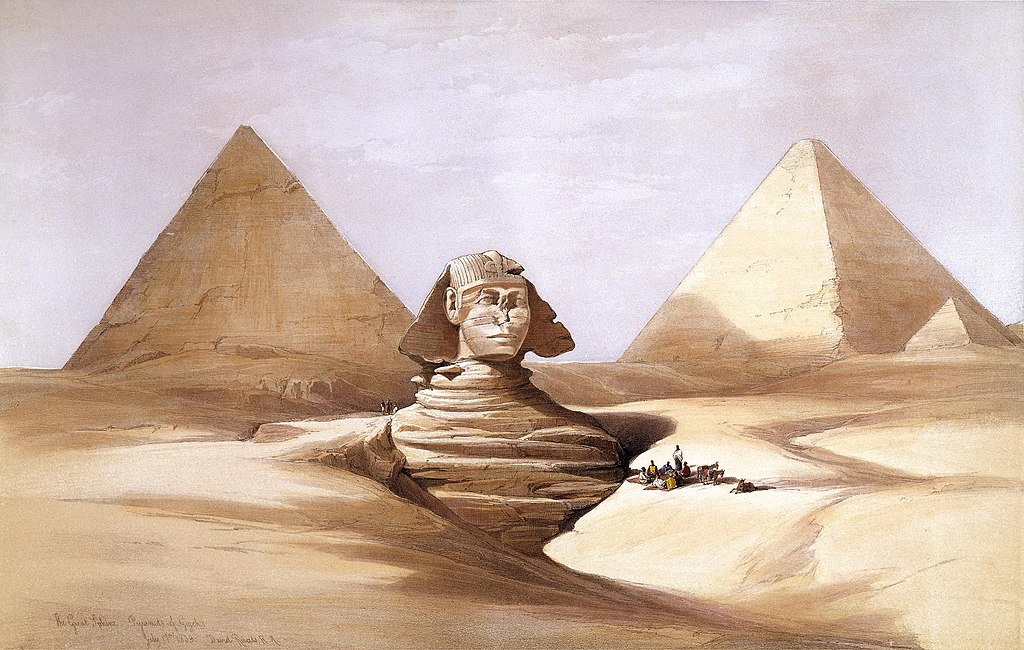
The name “Sphinx” was not used by the ancient Egyptians. It was actually given by the Greeks, who associated the statue with their own mythological creature. The Egyptians likely referred to the statue as “Shesep-ankh,” meaning “living image.” This difference in naming highlights how the Sphinx has been interpreted differently by various cultures throughout history, each adding their own layer of meaning to the statue.
Erosion Threats to the Sphinx
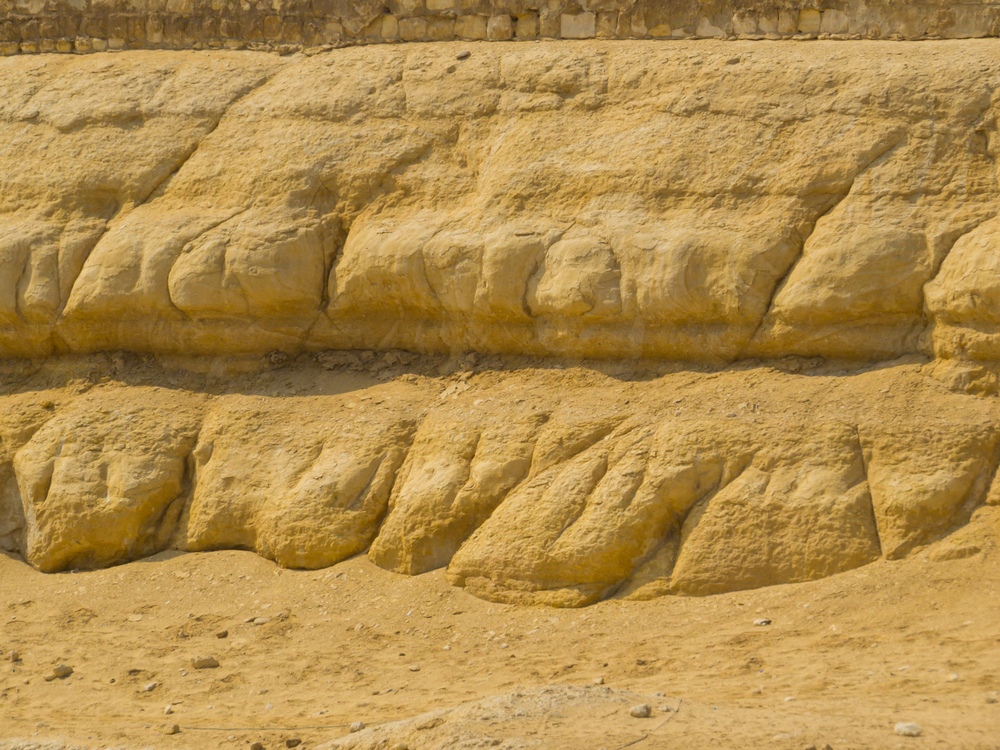
The Sphinx has faced significant threats from erosion, particularly due to rain, wind, and sand. Over time, these natural forces have worn down the limestone, causing the statue to lose much of its original detail. Modern pollution and rising groundwater levels have also contributed to the Sphinx’s deterioration. These ongoing challenges underscore the difficulties in preserving such an ancient monument in the modern era.
The Sphinx in Modern Egyptian Culture
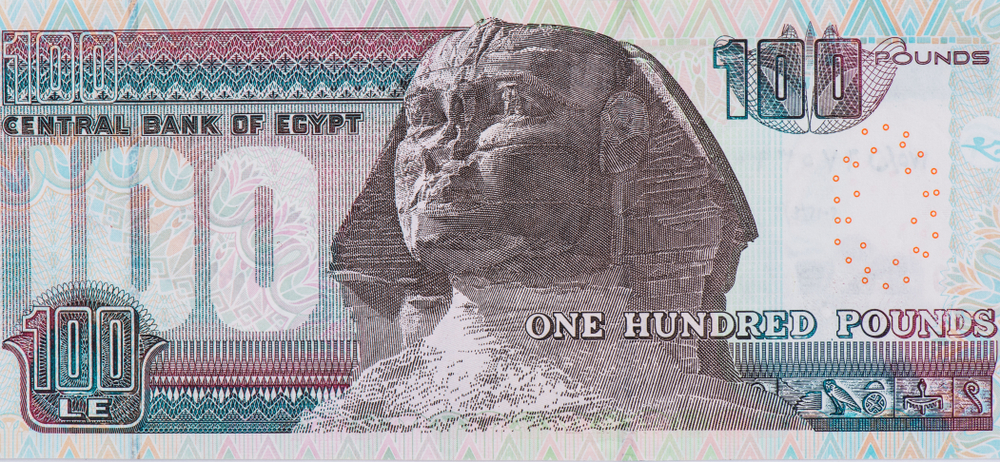
The Great Sphinx remains a powerful symbol in modern Egyptian culture, representing the nation’s rich heritage. It appears on currency, in literature, and as a national emblem. The Sphinx’s image is used to promote tourism, drawing visitors from around the world who are captivated by its mystery and majesty. This continued relevance of the Sphinx shows how it has evolved from an ancient guardian to a modern icon of Egypt.
The Role of the Sphinx in Ancient Egyptian Society
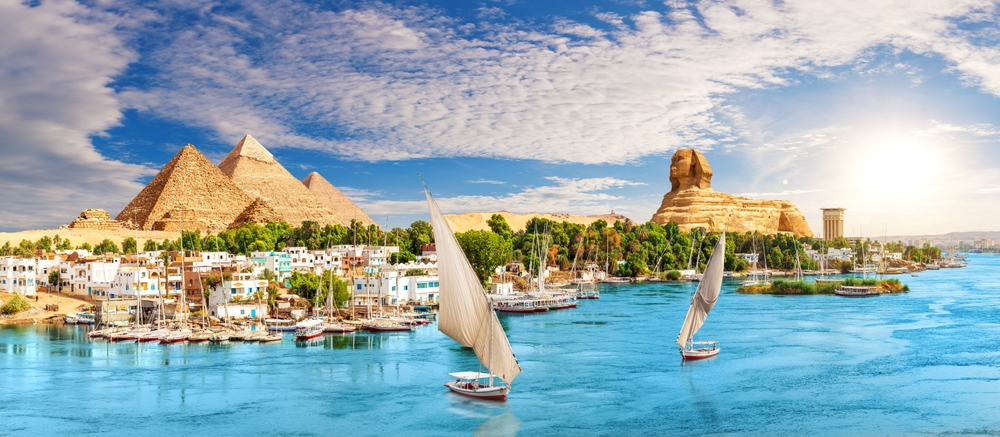
The Sphinx likely played a significant role in ancient Egyptian society, possibly as a protector of the Giza Plateau. Some theories suggest it was also used in religious ceremonies or as a symbol of the pharaoh’s power. The fact that it has survived for thousands of years indicates its importance to the Egyptians, who went to great lengths to preserve and restore it. The Sphinx’s enduring presence is a testament to its significance in the ancient world.
Ongoing Mysteries of the Sphinx
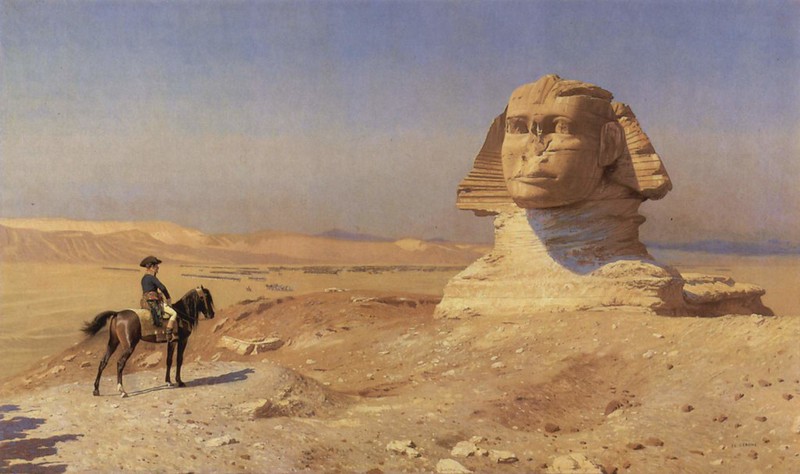
Despite centuries of study, the Sphinx still holds many mysteries. Questions about its construction, original appearance, and purpose remain unanswered. New discoveries, such as the possible hidden chambers, continue to fuel speculation and research. The Sphinx’s ability to inspire curiosity and wonder is part of what makes it one of the most fascinating monuments in history. Its enduring mystery ensures that it will continue to be studied and admired for generations to come.
This article originally appeared on UnifyCosmos.
More from UnifyCosmos
22 Scenic Drives for Exploring America’s Beauty

Buckle up, hit the open road, and discover the beauty of the United States like never before. Read more!
18 Unforgettable Mountain Biking Routes Across North America

From rugged terrains to scenic routes, these trails offer diverse challenges and breathtaking views for bikers of all levels. Read more!
23 Tips for Maintaining Healthy Nails

Whether you enjoy at-home manicures or prefer a natural look, these tips will help you achieve and maintain beautiful, healthy nails. Read more!
Leave a Reply